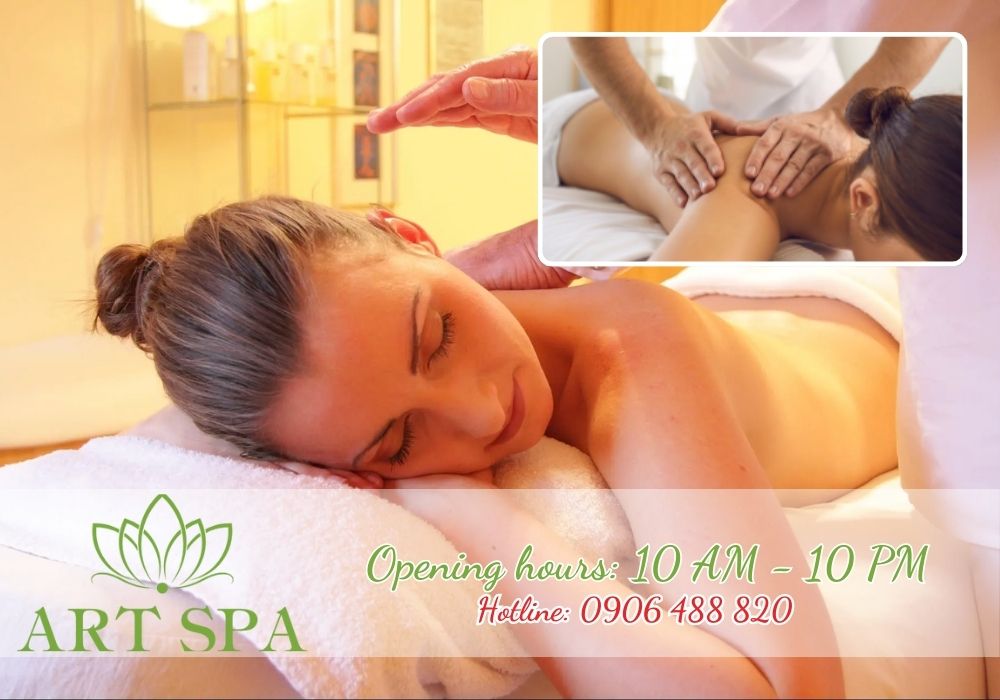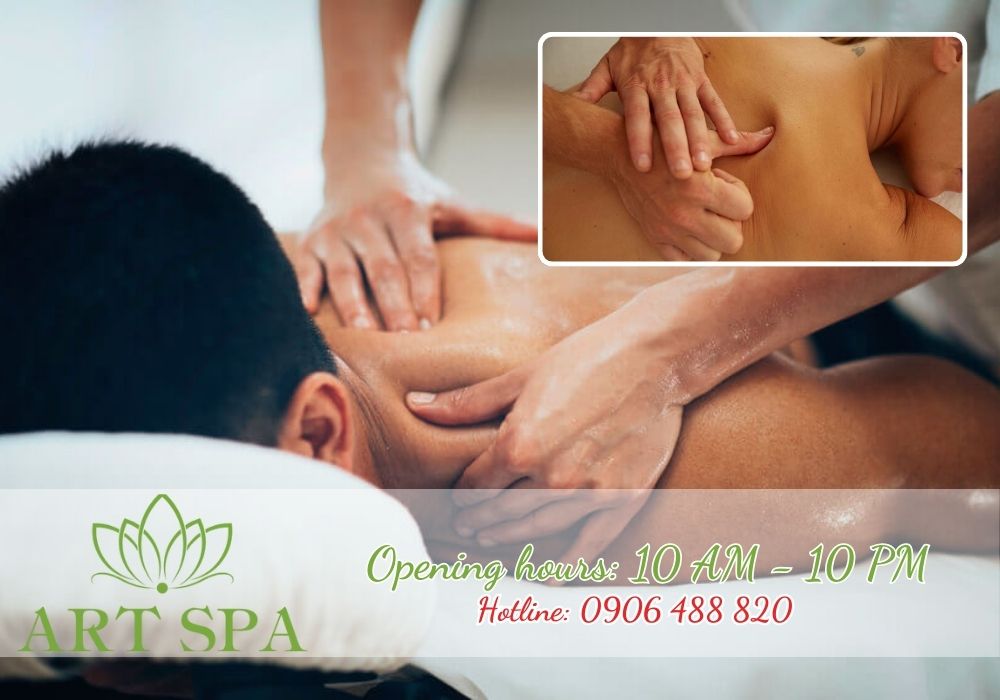Trigger point therapy is a specialized technique within deep tissue massage that targets tight areas within muscles that cause pain and discomfort. These points, also known as myofascial trigger points, often develop due to stress, overuse, or poor posture. By applying direct pressure and using myofascial release, therapists help alleviate muscle tension relief, improving flexibility and reducing pain.

What is Trigger Point Therapy?
Trigger points are small, hyperirritable knots in muscle fibers that can cause referred pain in other areas of the body. Trigger point focuses on identifying and releasing these knots to restore normal muscle function. Unlike traditional deep tissue massage, which works on broad muscle groups, this technique hones in on specific pain points.
How Trigger Points Develop
Trigger points form due to various reasons, including:
- Muscle overuse or repetitive strain
- Poor posture and sedentary lifestyle
- Emotional stress causing muscle tightness
- Injury or trauma to the muscle
Benefits of Trigger Point Therapy in Deep Tissue Massage
The combination of trigger point and deep tissue massage offers numerous benefits, such as:
- Pain relief: Reduces chronic pain in areas like the neck, shoulders, and back
- Improved mobility: Releases tight muscles, increasing range of motion
- Better circulation: Enhances blood flow, reducing muscle stiffness
- Reduced stress: Encourages relaxation and reduces tension-related headaches
Comparison of Trigger Point Therapy and Myofascial Release
| Feature | Trigger Point Therapy | Myofascial Release |
|---|---|---|
| Targeted area | Specific muscle knots | Broad myofascial networks |
| Technique | Deep pressure on trigger points | Gentle sustained stretching |
| Main goal | Muscle tension relief | Release fascial restrictions |
| Common applications | Chronic pain, injury recovery | Posture correction, flexibility |
Techniques Used in Trigger Point
1. Direct Pressure Application
The therapist applies firm pressure to the trigger point using fingers, elbows, or massage tools. This helps break the cycle of pain and muscle tightness.
2. Stretching and Myofascial Release
Incorporating myofascial release techniques, gentle stretching helps lengthen tight muscles and relieve fascial restrictions.
3. Active Release Technique
Combining pressure with guided movements enhances muscle recovery and reduces pain.

Who Can Benefit from Trigger Point Therapy?
This therapy is suitable for individuals experiencing:
- Chronic muscle pain and stiffness
- Headaches and migraines
- Postural issues from prolonged sitting
- Sports-related injuries
- Repetitive strain injuries
Precautions and Considerations
While trigger point is generally safe, it may not be suitable for individuals with:
- Severe medical conditions like osteoporosis or blood clotting disorders
- Acute injuries or open wounds
- Extreme sensitivity to pressure
Integrating Trigger Point Therapy with Deep Tissue Massage
A well-rounded deep tissue massage session often includes elements of trigger point to ensure comprehensive muscle relaxation. Professional therapists at ART SPA customize treatments to address specific concerns, incorporating muscle tension relief techniques for maximum effectiveness.
Conclusion
Trigger point plays a crucial role in deep tissue massage, offering targeted relief for chronic pain and muscular tension. By combining this technique with myofascial release, individuals experience improved flexibility, reduced pain, and overall relaxation. To experience professional trigger point therapy, visit ART SPA today!
Hotline: 0906 488 820
Contact Information
ART SPA Address:
- 37 Nguyen Phuc Tan St., Hoi An, Quang Nam
- 37/6 Le Quy Don St., Cam Pho, Hoi An, Quang Nam Email: artspahoian@gmail.com
Hotline: 0906 488 820
Opening hours: 10 AM – 10 PM